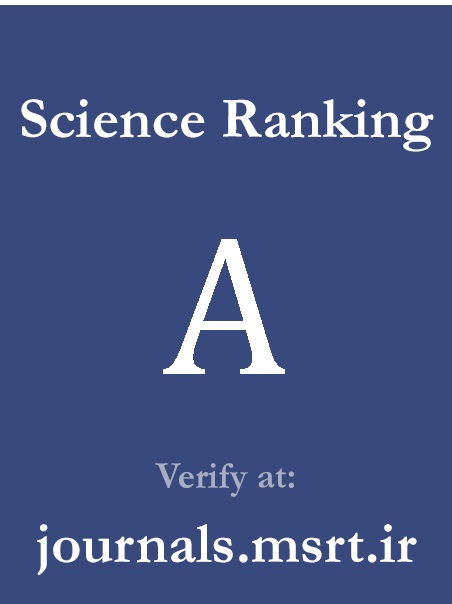Identifying the Components of a Skill-Based In-Service Training Model in the Education Department of the Ministry of Health, Treatment, and Medical Education
Keywords:
Skill-based training, In-service training, healthcare education, training model, qualitative research, needs assessment, Educational Planning, Healthcare ProfessionalsAbstract
Purpose: The objective of this study was to identify the critical components and dimensions necessary for developing a skill-based in-service training model tailored to the Education Department of the Ministry of Health, Treatment, and Medical Education in Iran. The goal was to provide a structured framework that enhances the competencies of healthcare professionals and aligns with the dynamic needs of the healthcare system. Methodology: This qualitative study employed semi-structured interviews with a purposive sample of 11 experts, including university professors and specialists in policy-making, human resources, and educational planning. Participants were selected based on their extensive experience and expertise in the relevant fields. The data were analyzed using MaxQDA software, and theoretical saturation was achieved. The key components and dimensions were identified through thematic analysis, ensuring a comprehensive understanding of the essential elements for effective skill-based training. Findings: The study identified several critical components for an effective skill-based in-service training model: needs identification, goal setting, structure determination, content determination, human resources, financial resources, physical resources, technological resources, implementation, planning, and evaluation. Key indicators included collaborative needs assessment, alignment of training objectives with organizational goals, practical and hands-on training content, the involvement of experienced instructors, and adequate financial and physical resources. The findings highlight the importance of a comprehensive and integrated approach to training that addresses both theoretical and practical aspects. Conclusion: This study provides a structured framework for developing skill-based in-service training programs in the healthcare sector. By incorporating a thorough needs assessment, aligning training with organizational goals, emphasizing practical content, engaging experienced instructors, and ensuring adequate resources, healthcare organizations can enhance the competencies of their professionals. Continuous evaluation and feedback mechanisms are crucial for maintaining the effectiveness of the training programs. These findings offer valuable insights for policymakers and educators in designing and implementing effective in-service training models.










